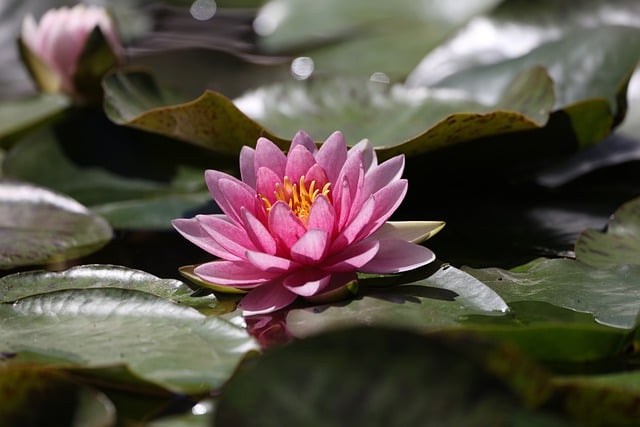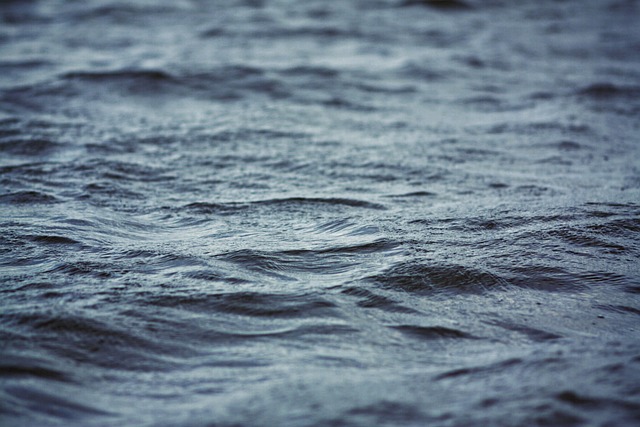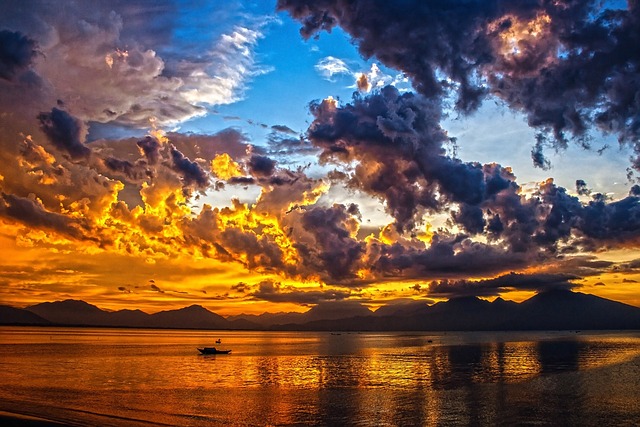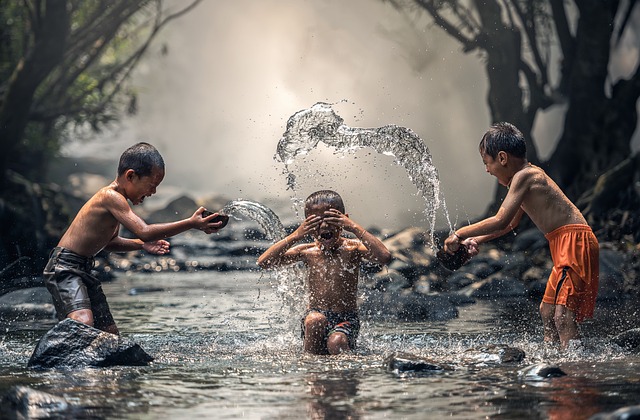The Ripple Effect: How Water Shapes Our World
Water is the lifeblood of our planet, an element that nurtures ecosystems, influences weather patterns, carves landscapes, and sustains humanity. Its presence is felt in a multitude of forms—from the grandeur of oceans to the gentle trickle of a stream. The interplay of water with the environment is profound, resulting in what can be aptly described as a ripple effect. This article explores the myriad ways in which water shapes our world, touching on its geological, ecological, climatic, and cultural significance.
Geological Impact: Carving the Earth
The Earth’s surface is not a static entity; it is a dynamic landscape continually molded by various forces, with water playing a pivotal role. Over millions of years, water has been instrumental in erosion, sediment transport, and the formation of landforms.
Rivers, for instance, act as powerful agents of erosion. As they flow, they carve valleys and create canyons, such as the majestic Grand Canyon in the United States. The process of erosion involves the wearing away of soil and rock, which is then transported downstream. This not only shapes terrains but also enriches floodplains with nutrients that nurture vegetation.
Glaciers, which are massive bodies of ice, also illustrate water’s geological prowess. As they advance and retreat, they reshape the land beneath and around them, creating valleys, fjords, and moraines. The Great Lakes of North America, for instance, owe their existence to the last Ice Age, where glacial activity gouged deep basins that filled with meltwater.
Water and Ecosystems: A Vital Resource
Water is fundamental to life. It provides the essential habitat for countless species while also serving as a vital resource for plant and animal survival. Freshwater ecosystems, including lakes, rivers, and wetlands, are among the most productive environments on Earth.
Wetlands, often dubbed the “kidneys of the landscape,” play a critical role in maintaining biodiversity. They serve as nurseries for various fish species and are home to numerous birds, amphibians, and invertebrates. Additionally, wetlands filter pollutants and regulate floodwaters, acting as buffers against environmental changes.
Moreover, water bodies contribute to the global nutrient cycle, cycling essential minerals and supporting food webs. Aquatic plants produce oxygen and serve as the base for food chains in both freshwater and marine ecosystems, while also absorbing carbon dioxide, aiding in the fight against climate change.
Climate and Weather: The Driving Force
The water cycle is a central component of the Earth’s climate system. It governs weather patterns and influences temperature, precipitation, and humidity, ultimately shaping the environment where we live.
Evaporation, condensation, and precipitation form an intricate network that transports moisture around the globe. When water evaporates from oceans or freshwater bodies, it rises into the atmosphere, where it cools and condenses into clouds. Eventually, this condensed water falls back to Earth as rain or snow, replenishing water supplies and sustaining ecosystems.
Large bodies of water, such as oceans, also play a significant role in regulating climate. They act as thermal reservoirs, absorbing and storing heat from the sun. This moderation of temperature can create microclimates, which can have profound effects on regional weather patterns. Areas near oceans often experience milder temperatures compared to inland regions.
Furthermore, phenomena such as El Niño and La Niña illustrate the complex interactions between ocean temperatures and atmospheric conditions. These patterns can influence weather across continents, leading to droughts, floods, and shifts in agricultural productivity.
Water in Culture: A Source of Life and Inspiration
Water has always been a powerful symbol in human culture. It embodies life, purity, and renewal. From ancient civilizations to modern societies, water has influenced spiritual beliefs, art, and social structures.
Many cultures have revered water as sacred. For instance, in Hinduism, the Ganges River is not only a source of life but is also considered holy, where rituals and ceremonies are performed to cleanse the soul. Similarly, in many Indigenous cultures, rivers, lakes, and springs are often treated with great respect, viewed as living entities with their own spirits.
Water has also inspired countless works of art and literature. Artists have depicted serene lakes, turbulent seas, and flowing rivers, capturing the emotional and physical essence of water. Writers have woven narratives around water—a symbol of change, journey, and introspection. The imagery and metaphors associated with water resonate deeply within the human experience, reflecting our connection to the natural world.
Modern Challenges: Water in the 21st Century
As we progress into the 21st century, water remains a central issue of global concern. Challenges such as water scarcity, pollution, and climate change threaten this vital resource. Approximately 2 billion people live in countries experiencing high water stress, demonstrating the uneven distribution of this essential commodity.
Climate change exacerbates water-related issues, leading to altered precipitation patterns, increased flooding, and prolonged droughts. These shifts have profound implications for agriculture, drinking water supplies, and biodiversity. The melting of glaciers also raises concerns about future water availability, particularly in regions dependent on glacial meltwater.
Pollution poses another significant threat. Agricultural runoff, industrial discharges, and plastic waste contaminate rivers, lakes, and oceans, jeopardizing aquatic ecosystems and human health. In response, there is a growing movement toward sustainable water management practices, emphasizing conservation, restoration of natural habitats, and community engagement.
The Future: Water and Sustainability
The future of water management rests on striking a balance between its use and preservation. Sustainable practices and innovative technologies can help mitigate the impact of human activities on water resources.
Efforts to recycle water, develop rainwater harvesting systems, and implement efficient irrigation techniques are gaining traction. Additionally, restoring natural waterways and wetlands can enhance water quality, improve flood management, and support biodiversity.
Public awareness and education about water conservation are crucial. Communities around the world are increasingly recognizing the importance of responsible water use and the need to protect local water sources. Collaborative efforts involving governments, organizations, and individuals are essential to address the intertwined challenges of water scarcity, pollution, and climate change.
Conclusion: Embracing the Ripple Effect
Water is more than just a physical substance; it is a powerful force shaping our world. From geology to ecology, climate, culture, and modern challenges, water’s ripple effect is profound and far-reaching. As stewards of this precious resource, it is our responsibility to understand its significance and actively participate in its conservation. Only then can we ensure that future generations will continue to enjoy the myriad benefits that water provides, preserving the delicate balance that sustains life on Earth.
The interconnectedness of water with every aspect of our planet reminds us that our actions have consequences—the ripples of which extend far beyond our immediate surroundings. A collective commitment to water stewardship is not just an environmental necessity; it is a moral imperative for the survival and well-being of all living beings.



